The Cow, known in the plural as cattle, are large members of the Bovidae family. Their closest relatives are bison, buffalo, antelopes, sheep, impala, and more.
Researchers believe that our domestic cattle descended from the wild aurochs, which are now extinct. Scientists believe that cattle domestication occurred about 10,500 years ago. Read on to learn about the Cow.
Description of the Cow
Nowadays, Cows come in many shapes and sizes. They are large, hoofed mammals, though people have bred “dwarf” breeds in smaller sizes. These bovines range in size from the tiny Vechur, which stands just three feet tall, to the massive Chianina from Italy. This enormous breed grows over five feet tall, and weighs several thousand pounds!
Interesting Facts About the Cow
All of the different breeds of Cow are actually the same species. Learn a little more about a few fun breeds of these animals below.
- Chianina – This breed is just too interesting to only mention once! Originally bred to pull plows and carts, this breed is now used for meat production and for show. Farmers often cross breed this Cow with other breeds to change the meat quality.
- Holstein Friesian – The Holstein Friesian, also known simply as “Holstein,” is the stereotypical “milk cow.” This is the black and white version that you picture when you think of milk, and that graces nearly every milk carton. Humans originally bred this variety in Friesland, in the Netherlands, and in Schleswig-Holstein in Germany.
- Texas Longhorn – Drawn to notoriety, this breed is best known for its massive headgear. Whether it’s a football mascot or a chain restaurant, longhorns make big impressions. The Texas longhorn bull can sport a pair of horns up to seven feet across!
- American Brahma – This dopey-looking breed is downright adorable. American brahma cattle have long, floppy ears, and a large hump on their shoulders. To top it all off, their neck and chest feature a large flap of loose skin, known as a dewlap.
Habitat of the Cow
Researchers aren’t quite sure what the exact original habitat of the aurochs was, though it was likely open grazing land. Nowadays, cattle live in pastures and ranges of open area.
Some of the different types of habitats they utilize include savannas, scrub forests, and even desert edges. As long as they have lots of space and plenty of grass, Cows are happy.
Distribution of the Cow
These are not wild animals, and thus do not have a wild distribution. However, they live virtually worldwide. Every inhabitable region, with the exception of Antarctica (we’re not sure if this counts as inhabitable in the first place) contains cattle.
Cows have worldwide distribution, thanks to the people that breed them. Different breeds of cattle are more common than others, particularly in different regions of the world.
Diet of the Cow
Cattle are herbivores, which means they only eat plants. As herbivores, they primarily graze for grass, rather than browse on plants and shrubs. A single Cow can eat over a hundred pounds of grass in a day!
These prodigious eaters spend half their days grazing, and the other half chewing the food they just ate. While cattle rest, they regurgitate their food and chew it to aid digestion. This is called “chewing their cud.” It takes an incredibly long time for cattle to fully digest meals of grass.
Cow and Human Interaction
Humans and Cows interact quite frequently, primarily because they are domestic animals. People rely quite heavily on cattle for several different purposes, including meat, milk, labor, and companionship.
They are incredibly common animals, though different breeds are rarer than others. The species as a whole is in no danger of extinction, but some breeds have lower numbers than others because of disuse.
Domestication
Humans have fully domesticated cattle. People breed them for several different purposes, including meat, milk, dairy products, and pulling plows or carts. Their domestication occurred about 10,500 years ago.
Does the Cow Make a Good Pet
Cows do make good pets in an agricultural setting. Some breeds are friendlier than others, while others can be quite aggressive. It is important to do all your research before purchasing any animal to ensure you can properly care for them.
Cow Care
These animals require extensive care and space, because they are quite large. Cows are social, so must live in groups, and those groups must have lots of acreage to roam. They need lots of grass to eat, and additional hay to supplement their diet if the grass is not optimal, especially in winter.
You must also milk dairy Cows daily while they are producing milk. Care of cattle varies slightly based on the use and the number of cattle.
Behavior of the Cow
These mammals are diurnal, and mostly active during the day. They are social, and live in herds. Within herds, cattle have social hierarchies, or more dominant and less dominant animals. Cows at the top of the “totem pole” hierarchy vary based on age, size, and gender.
They usually do not fight very frequently, but maintain bonds between individuals and use mock fights to settle disputes. Less dominant animals lick those higher in the pecking order. Herds of cattle spend much of their time foraging for food, and then resting while they chew that food a second time as cud.
Reproduction of the Cow
Cattle are polygamous, and a single male breeds with many different females in his herd. After breeding, females have a nine-month gestation period before giving birth to a single calf or a pair of calves. The calf can stand soon after birth, and quickly begins walking and following its mother.
The mother weans the calf off her milk when it is about six months old. By the time calves are a year old, they are fully independent from their mothers. At a year old, Cows reach sexual maturity and can reproduce.
Beliefs, Superstitions, and Phobias About the Cow
Cattle are important animals in human culture. Their importance and symbolism vary based on the region, people, and the religion at hand. Those in the Hindu religion revere cattle, and in some areas killing cattle or eating beef is prohibited.
Cattle are also present in many other religions, artwork, and pop culture media, they appear in paintings and statues, television shows, the Chinese Zodiac, and more.

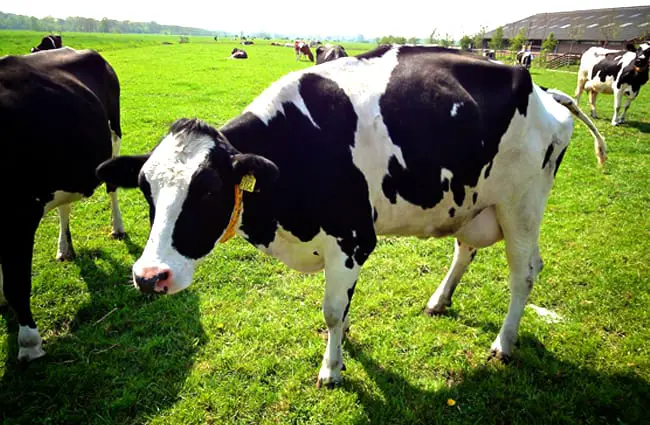
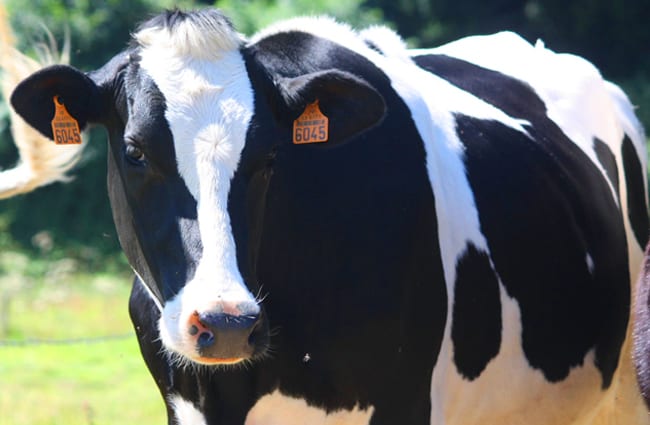


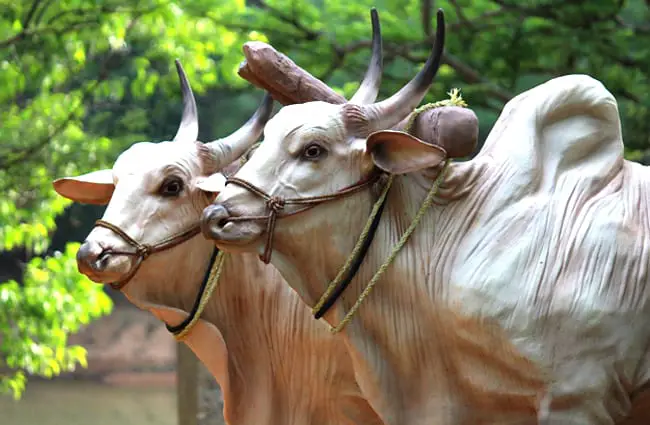
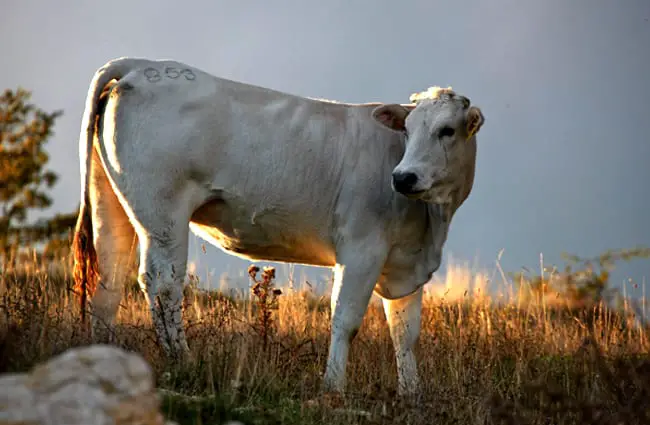
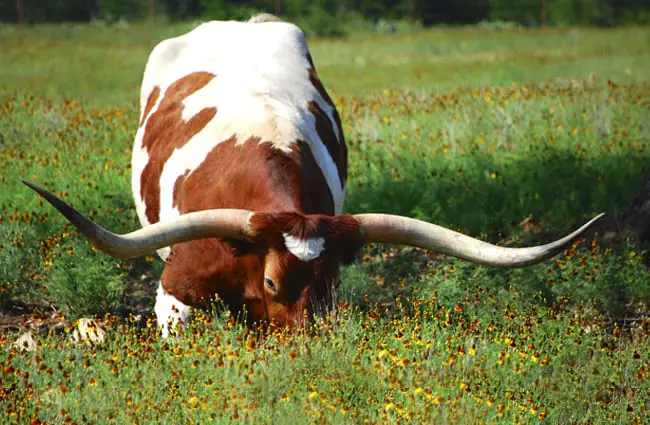


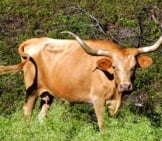
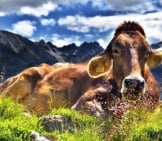
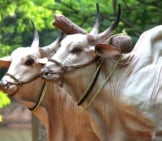
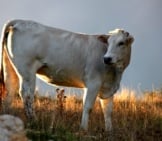
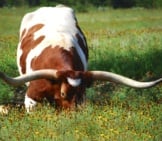
![Red Angus Closeup of a beautiful Red Angus cowPhoto by: U.S. Department of Agriculture [pubic domain]https://creativecommons.org/licenses/by/2.0/](https://animals.net/wp-content/uploads/2020/03/Red-Angus-4-238x178.jpg)



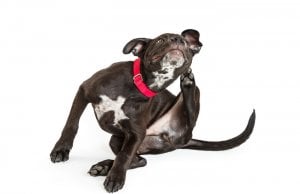





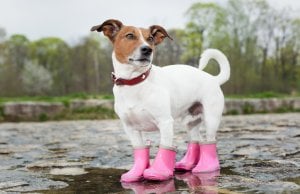

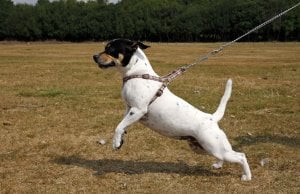
![Red Angus Closeup of a beautiful Red Angus cowPhoto by: U.S. Department of Agriculture [pubic domain]https://creativecommons.org/licenses/by/2.0/](https://animals.net/wp-content/uploads/2020/03/Red-Angus-4-100x75.jpg)

